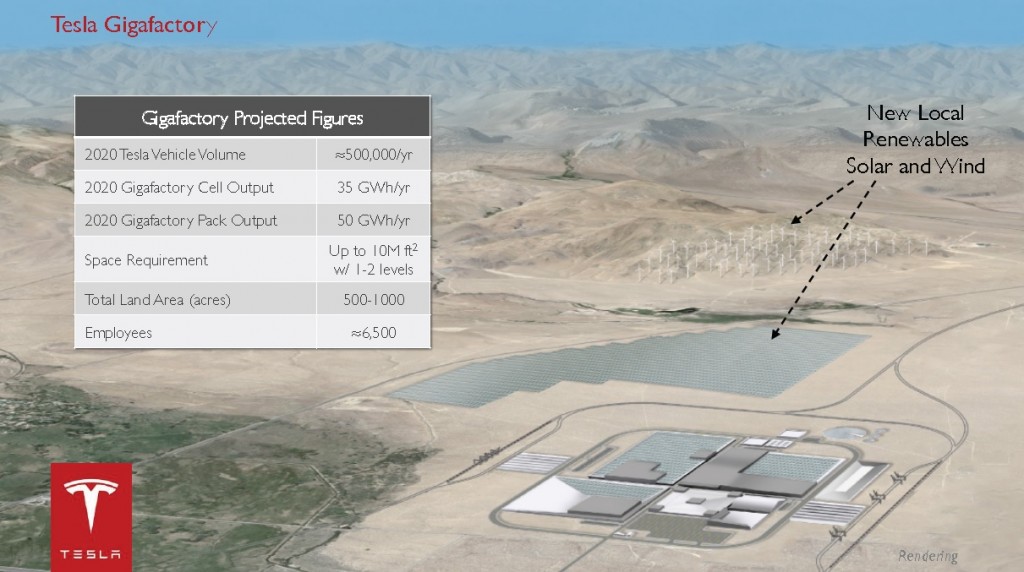As demand for electric cars grows, supply of batteries must grow to meet it.
That much is obvious. But just how much is battery demand expected to grow by over the coming years?
According to an Electric Vehicle Batteries report by Navigant Research, existing capacity for lithium-ion battery production will grow tenfold by 2020.
Fine, so far
Last year, worldwide capacity for automotive lithium-ion batteries stood at 4,400 megawatt-hours.
Supply has been comfortable--a Nissan and NEC joint venture in Japan, AESC, has already supplied cells for 115,000 electric Leafs running around on the world's roads. And last year, nearly 100,000 plug-in cars hit U.S. roads alone. That's a lot of batteries.
But growth in demand for full battery-electric vehicles--which use larger battery packs than plug-in hybrids or regular hybrid vehicles, and will therefore lead demand--will require significant growth in production.
By 2020, production capacity could climb to over 49,000 megawatt-hours--ten times that of 2013's figure.
Tesla's contribution

Slide showing Tesla Motors gigafactory statistics, from Feb 2014 presentation
Once up to speed, the factory is projected to produce 35 gigawatt-hours of cells per year by 2020, enough to supply half a million vehicles. Those are just projected figures, but that alone is over three-fifths the capacity cited by Navigant in its report.
Tesla's gigafactory could be one of two or three sites in the U.S, according to Elon Musk--but further sites do hinge on Tesla receiving approval to build at its selected locations.
Work on the first battery gigafactory, originally planned for June, has now been pushed back towards the end of this year.
Lithium still dominant
For the time being, lithium-ion chemistry appears to be dominant in the EV market.
Several hybrids, such as the strong-selling Toyota Prius, started off with nickel-metal hydride chemistry--and still use the long-lasting packs to this day.
But in terms of performance and energy density, lithium-ion is setting the pace.
“Li-ion technology continues to improve," says David Alexander, senior research analyst with Navigant Research, "as increased energy densities translate into smaller and lighter battery packs with more power."
Current forecasts predict the global market for Li-ion batteries in passenger vehicles will grow from $3.2 billion in 2013 to $24.1 billion in 2023.
Provided extra factories come on-stream--particularly Tesla's vast battery gigafactory, there's no reason to expect that demand for lithium-ion batteries should outstrip supply. And electric vehicle sales should continue to grow as a result.
_________________________________________













